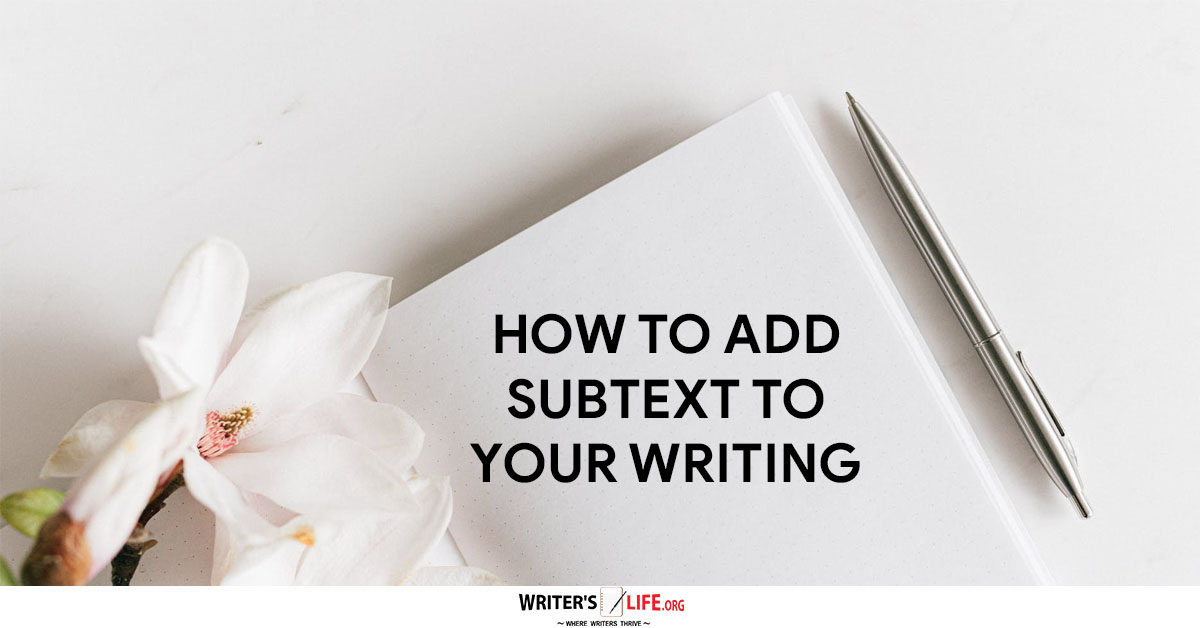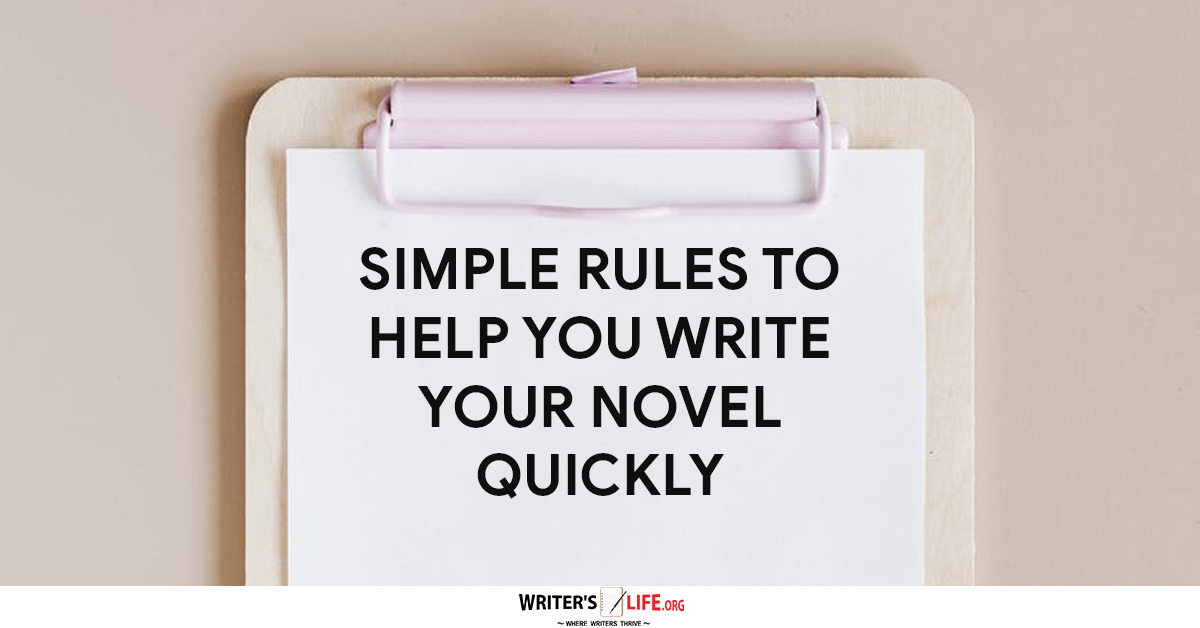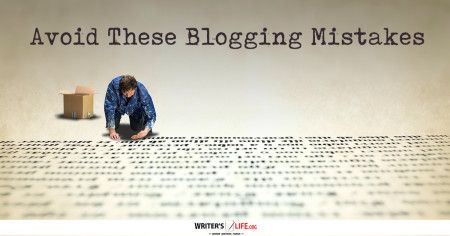- How To Tackle Jealousy In Creative Writing
- Common Submission Mistakes
- How To Stop Your Blog Becoming Boring
- The One Thing Every Successful Writer Has In Common
- How To Make Yourself Aware Of Publishing Scams
- Why Almost ALL Writers Make These Grammar Mistakes At Some Point
- 5 Tips For Authors On How To Deal With Rejection
- Top Mistakes to Avoid When Writing a Novel
- How to Avoid Common New Writer Mistakes
- 10 Mistakes New Fiction Writers Make
Adding Subtext To Your Writing

Adding subtext to your writing can give it more depth and create hidden meanings that get your reader thinking. Adding subtext can be an innovative device that helps characters communicate emotions without being explicit about them. Add this to reveal more about your characters. It can disclose exciting information in the story that can help readers engage more fully with the plot.
The subtext is the implicit meaning of a text. Use this in different ways to enhance your story.
Adding subtext to your writing - why does it matter?
Privilege subtext
Privilege subtext lets the reader know some essential information about the plot before this information is revealed to the characters. When used well, it builds drama and tension. For example, you can reveal one character's inner thoughts to the reader. However, the other character is not yet privy to them. Imagine, for instance, that on3 character is plotting to murder another.
Revelation subtext
Revelation subtext is a more subtle form where a subverted message is conveyed beneath the written words. So when a character acts or behaves in a certain way, the underlying message you convey to the reader discloses their hidden emotions or unconscious meanings.
Subtext via questioning
This occurs when the author carefully layers details about a particular character or object to ensure that they have lots more questions that are not yet answered or revealed to them. This builds extreme curiosity. It makes them stay alert for more information, hopeful they might find answers before the protagonist does.
Putting subtext into your work creates an intriguing, multi-layered narrative that will keep readers engaged.
To help you understand how, you can first start by watching films or reading stories that are well-known for using this literary device. Next note how the writer carefully adds in subtext and reveals this to their audience. Think about how information is conveyed without being explicit. What are the characters thinking but not saying, what is being revealed without being spoken? What information sparks questions or gives clues that make you want to know more?
Get in their heads
Live inside your character's heads. Writing subtext is much easier if you fully understand your character and their motivations and personalities. The better you know your character, the easier it will be to write dialogue laced with a subtext that conveys hidden messages and meanings to the reader.
Write a scene of dialogue but make notes of how your character is really feeling throughout. You can then go back and edit and amend to make sure their true feelings are subtly woven into the narrative without overtly displaying them through their speech.
Keep things back
Withhold information. Allow characters to see just the tip of the iceberg and then leave hints and clues as to what lies beneath throughout the text. Make sure you give just enough to keep them hooked and guessing. If you do, your book will be one they'll be unable to put down!
Using the above tips, you can successfully add subtext to your book and create a richer more engaging narrative for your readers - good luck!
So now you know all about creating subtext, why not learn more about the general writing process?
Get A Free Writer's Toolkit By Visiting http://www.writerslife.org/gid





















